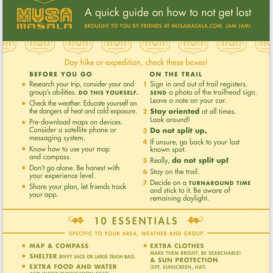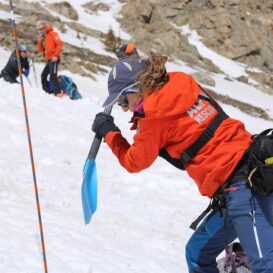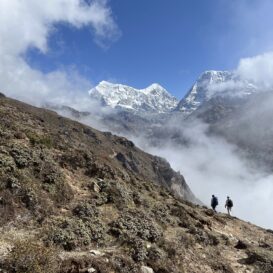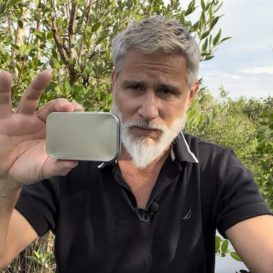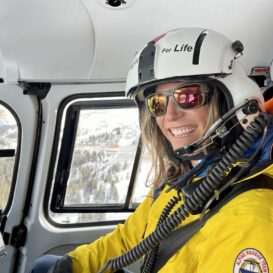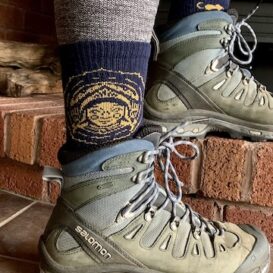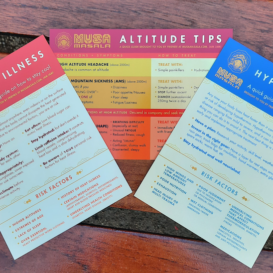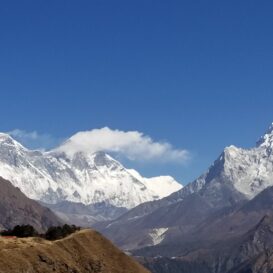Winter is here and it’s time to freeze! It is always a challenge when you find yourself out in the cold trying to stay warm. Not only during winter, but anytime you head into the mountains you need to be sure you bring the proper clothing, make a smart plan and be aware of the conditions you may encounter.
Musa Masala is starting a new series on cold injuries and staying warm and toasty outside. Here is our introductory post, on 10 ways to avoid hypothermia and frostbite.
We will go in depth on these cold injuries in future posts. We’ll also highlight each part of this post and expand on it to help give you a well-rounded intro, so you can smile and grin as the blizzard comes in. Jam Jam!
1. Check the weather forecast and alerts.
In addition to the temperature, take wind chill into account, as high winds accelerate heat loss through convection and put you at risk for hypothermia (refer to the Wind Chill Chart below). For example, 25mph winds change ambient temperature from 0°F (-17°C) to wind chill equivalent temperature of -24°F (-31°C). In these conditions, it takes only 30 minutes to develop frostbite. If the weather is dangerously cold (darker areas on the chart), it might be prudent to save your adventure for another day.

2. Have the right gear.
Remember, cotton holds moisture and should be avoided. Here is an example for a basic mountaineering layering system:
A. Wool base layer (top and bottoms) and wool socks.
B. Fleece (or light puffy) mid layer for the top and fleece-lined hiking pants for the bottoms.
C. Outer waterproof and wind-resistant hard shell (i.e. Gortex) for the top and bottom if you will be in windy and/or wet conditions. I usually keep my Gortex pants in the pack as an extra layer.
D. A warm puffy (800 fill down, or synthetic fill if you are in wet conditions) to put over all your layers. This layer will be your savior at night and when you are not active.
3. Carry an extra layer and an extra pair of gloves especially if you tend to get cold easily (or lose things!).
4. Use a buff to cover and protect your face.
Frostbite frequently affects the nose, cheeks and chin. The buff also helps warm the air you breathe.
5. Do not wear restrictive clothing as this compromises blood supply to the extremities and puts you at risk for frostbite.
Make sure your boots fit you!
6. Carry emergency hand warmers.
Do not place them directly on the skin as this might cause a chemical burn.
7. Check your extremities for any evidence of cold injury (numbness, skin discoloration) often and warm them up to baseline before moving forward.
8. Stay hydrated and well nourished.
Hydration keeps blood less viscous and thus less likely to clot with cold injury. Calories are required to generate heat.
9. Keep moving, as this produces heat and keeps you warm.
If you are stopping, put an extra layer on and stay out of the wind.
10. Individualize your strategy to suit you and the particulars of your trip.
Consider pre-existing conditions (Reynaud’s, diabetes, prior frostbite), altitude (higher risk of frostbite above 17,000 ft/5,000m)), type of activity you will be doing and your rescue options.
Be smart and stay toasty out there!




